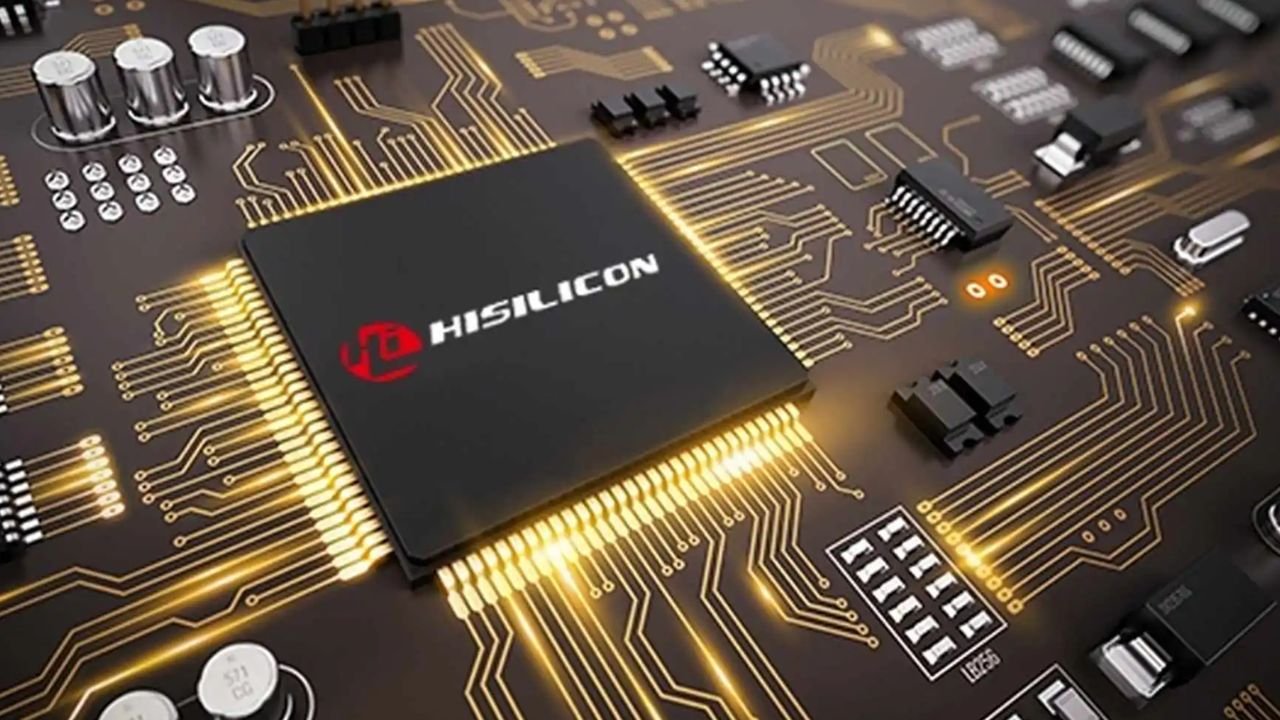A new Geekbench 6 result reveals the single-core performance of Huawei’s Taishan V120 server CPU, which is developed by its HiSilicon subsidiary (via @Olrak29_ on X). The result shows that the Taishan V120 core is comparable to AMD’s Zen 3 core from late 2020, suggesting that Huawei is not far behind the leading Western chip makers.
The Taishan V120 core is also used in Huawei’s Kirin 9000s smartphone chip, which has four of these cores along with two Arm Cortex A510 cores for efficiency. The Kirin 9000s chip is manufactured using SMIC’s second-generation 7nm process, which may be subject to U.S. sanctions. Therefore, it is likely that the Taishan V120 core in the Geekbench 6 result is also based on the same process.
The Geekbench 6 result does not specify the exact model of the CPU, but it mentions “Huawei Cloud OpenStack Nova” as the platform. This indicates that it is a Kunpeng server CPU, which could be either the Kunpeng 916, 920, or 930. However, given the high single-core performance, it is probably the 930, which is the latest and most powerful model in the Kunpeng series. The previous model, the Kunpeng 920, had much lower single-core performance, as shown by the few Geekbench 5 results available.
The Kunpeng 930 is the first appearance of this CPU since it was announced in 2019. According to a report by The Next Platform in 2021, the Kunpeng 930 was expected to launch that year on TSMC’s 5nm process, followed by the Kunpeng 950 on TSMC’s 3nm process in 2023. However, these plans were likely disrupted by the U.S. ban on Huawei’s access to TSMC’s advanced nodes.
The Geekbench 6 result also shows that the benchmark was run on only one core, which means that the multi-core performance of the CPU is unknown. The Kunpeng 920 had up to 64 cores, so it is possible that the Kunpeng 930 has a similar or higher core count. However, without testing the full CPU, it is hard to judge how well it performs in multi-threaded workloads.
According to Geekbench’s processor rankings, the Taishan V120 server CPU has a similar single-core performance to AMD’s Zen 3-based Epyc Milan CPUs, especially the midrange Epyc 7413. It also matches Intel’s Xeon E-2136, a Coffee Lake-based Xeon from 2018. Considering that the Geekbench 6 result reports the Huawei CPU running at 2.9 GHz, this is not a bad result, as the Epyc 7413 and the Xeon E-2136 have higher boost frequencies of 3.6 GHz and 4.5 GHz, respectively.
However, the Taishan V120 server CPU is clearly behind the latest Epyc Genoa based on Zen 4, as well as Intel’s Sapphire Rapids, which are both around 25% faster in single-core performance. This is partly due to the process node disadvantage, as the Taishan V120 server CPU is likely made on a less advanced node than the Epyc Genoa and the Sapphire Rapids, which use TSMC’s 5nm and Intel’s 7nm processes, respectively.
Unfortunately, without knowing the multi-threaded performance, power consumption, and efficiency of the Taishan V120 server CPU, it is difficult to say how competitive it is. For server applications, these factors are very important, as they affect the total cost of ownership and the environmental impact. Even if Huawei’s server CPU is fast in single-core performance, that may not matter much if it uses a lot of power and generates a lot of heat.


